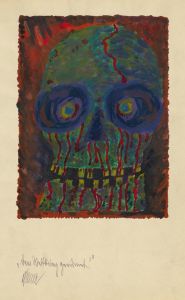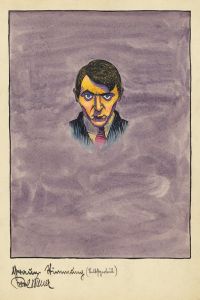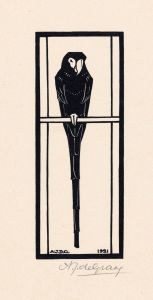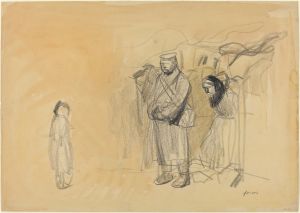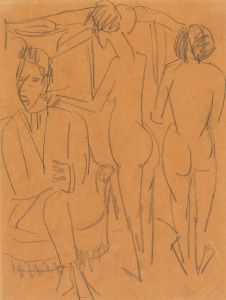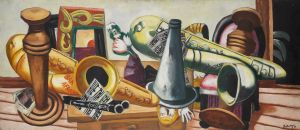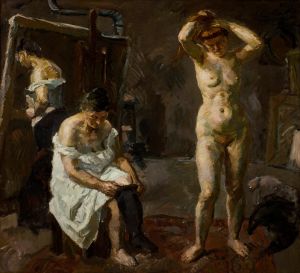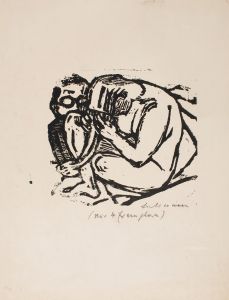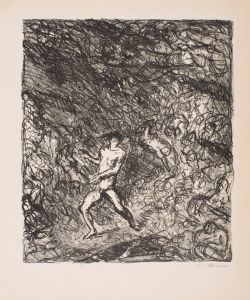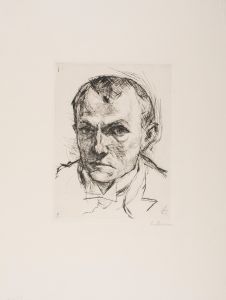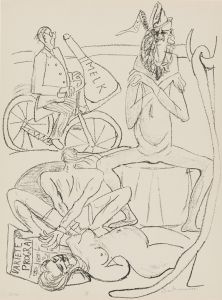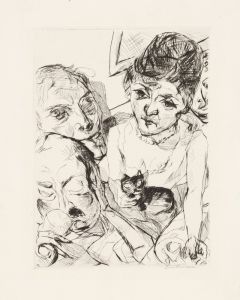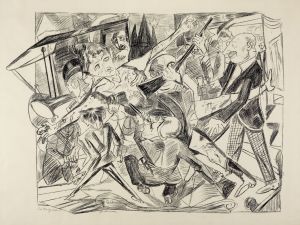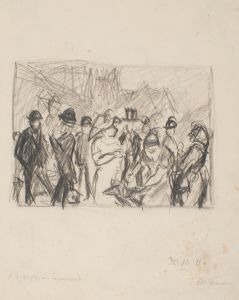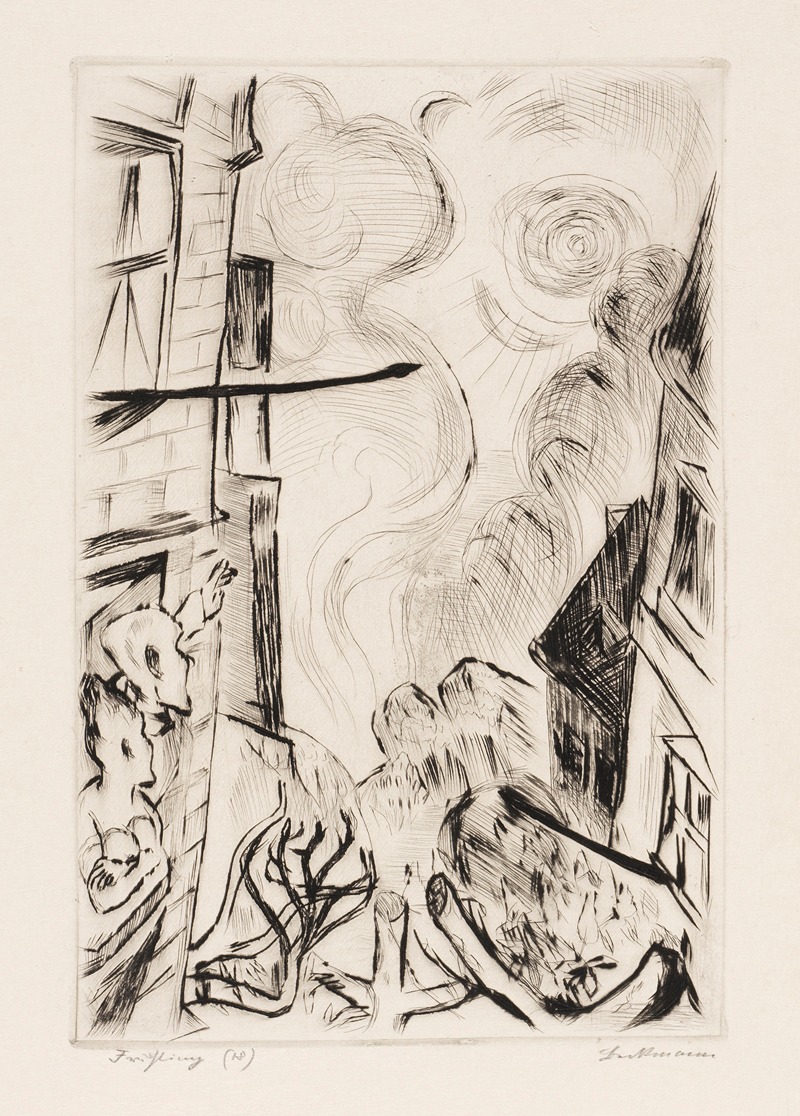
Gesichter Pl.17
A hand-painted replica of Max Beckmann’s masterpiece Gesichter Pl.17, meticulously crafted by professional artists to capture the true essence of the original. Each piece is created with museum-quality canvas and rare mineral pigments, carefully painted by experienced artists with delicate brushstrokes and rich, layered colors to perfectly recreate the texture of the original artwork. Unlike machine-printed reproductions, this hand-painted version brings the painting to life, infused with the artist’s emotions and skill in every stroke. Whether for personal collection or home decoration, it instantly elevates the artistic atmosphere of any space.
Max Beckmann was a prominent German painter and printmaker, associated with the New Objectivity movement, which emerged in Germany in the aftermath of World War I. His work is known for its intense emotional content and complex symbolism, often reflecting the turbulent times in which he lived. One of his notable works is "Gesichter Pl.17," part of a series that showcases his distinctive style and thematic concerns.
"Gesichter," which translates to "Faces" in English, is a series of prints that Beckmann created during a period of significant personal and political upheaval. The series is notable for its exploration of human expression and identity, themes that Beckmann frequently revisited throughout his career. "Pl.17" is one of the plates in this series, and like many of Beckmann's works, it captures the psychological depth and complexity of its subjects.
Beckmann's work during this period was heavily influenced by the social and political climate of Germany. The aftermath of World War I and the rise of the Weimar Republic created a backdrop of uncertainty and change, which is often reflected in the somber and introspective nature of his art. His prints from the "Gesichter" series are characterized by bold lines and stark contrasts, emphasizing the emotional intensity of the faces he depicted.
The "Gesichter" series, including "Pl.17," is a testament to Beckmann's skill as a printmaker. He employed techniques such as drypoint and etching, which allowed him to achieve a high level of detail and texture in his prints. These techniques also contributed to the dramatic and expressive quality of his work, which is evident in the way he rendered the human face.
Beckmann's focus on faces in this series can be seen as a reflection of his interest in the human condition. He was known for his ability to capture the essence of his subjects, often imbuing them with a sense of mystery and ambiguity. This is particularly true in "Pl.17," where the face depicted may convey a range of emotions, leaving the interpretation open to the viewer.
Throughout his career, Beckmann's work was marked by a tension between realism and abstraction. While his subjects were often grounded in reality, he used distortion and exaggeration to convey deeper psychological truths. This approach is evident in "Gesichter Pl.17," where the face may appear both familiar and alien, inviting viewers to contemplate the complexities of identity and perception.
Max Beckmann's "Gesichter Pl.17" is a significant example of his contribution to modern art. It reflects his mastery of printmaking and his ability to convey profound emotional and psychological depth. The work remains an important part of his legacy, illustrating his unique perspective on the human experience during a time of great change and uncertainty.





